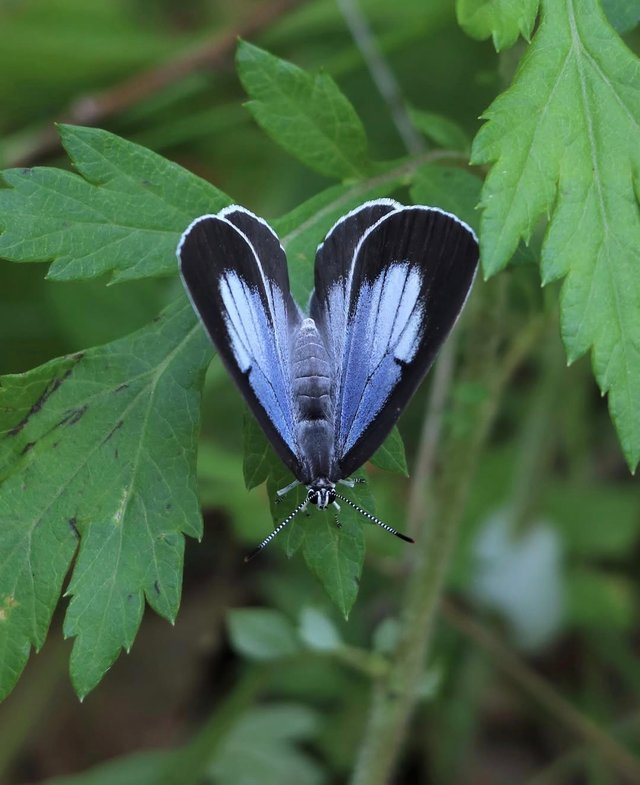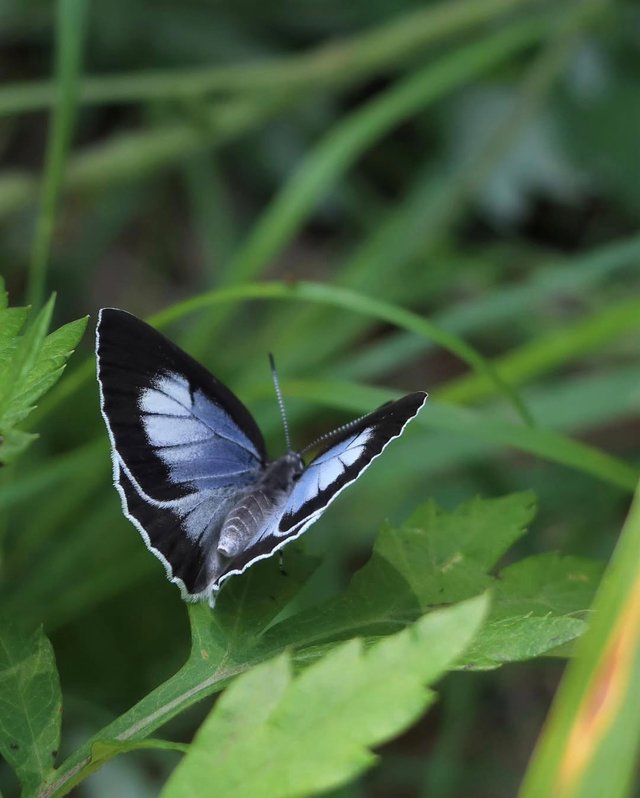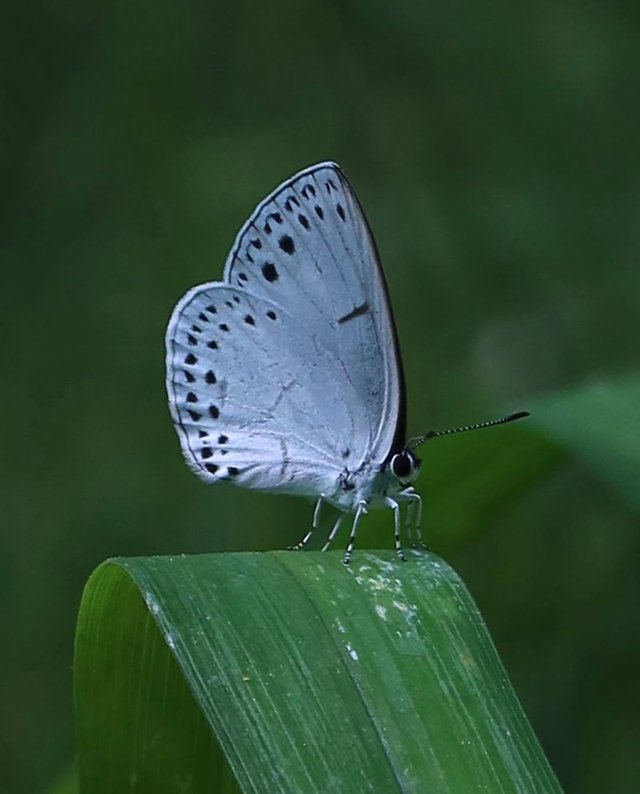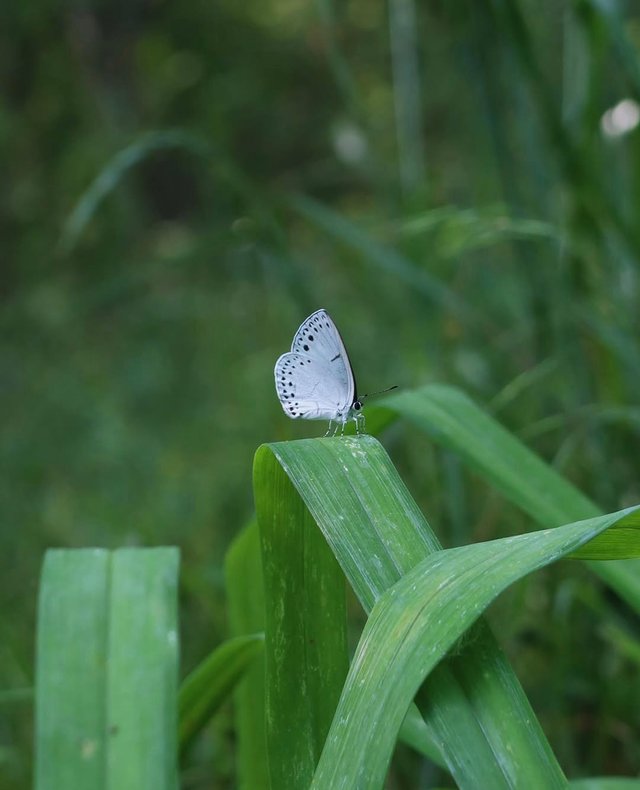Theclini Insect
Butterflies have long captivated humans with their colorful wings, delicate forms, and symbolic presence in cultures around the world. Vibrant iridescent blues, greens, coppers, and violets on the upper wings.Undersides of wings often show earthy browns and grays with fine lines, dots, or small eyespots.Many species feature tail-like extensions on their hindwings, resembling antennae — a classic hairstreak trait that helps distract predators.
One of the most intriguing aspects of many Lycaenids — including some Theclini species — is their relationship with ants. The larvae secrete sugary substances that attract ants, which in turn guard the caterpillars from predators. This symbiotic interaction offers insight into complex interspecies communication and co-evolution.
The Theclini butterflies are a spectacular and ecologically important group, embodying the rich complexity of insect life in forest ecosystems. While they may not be as globally famous as Monarchs or Swallowtails, their intricate patterns, fascinating life histories, and evolutionary quirks make them worthy of attention — both for their beauty and for their role in maintaining ecological balance.




